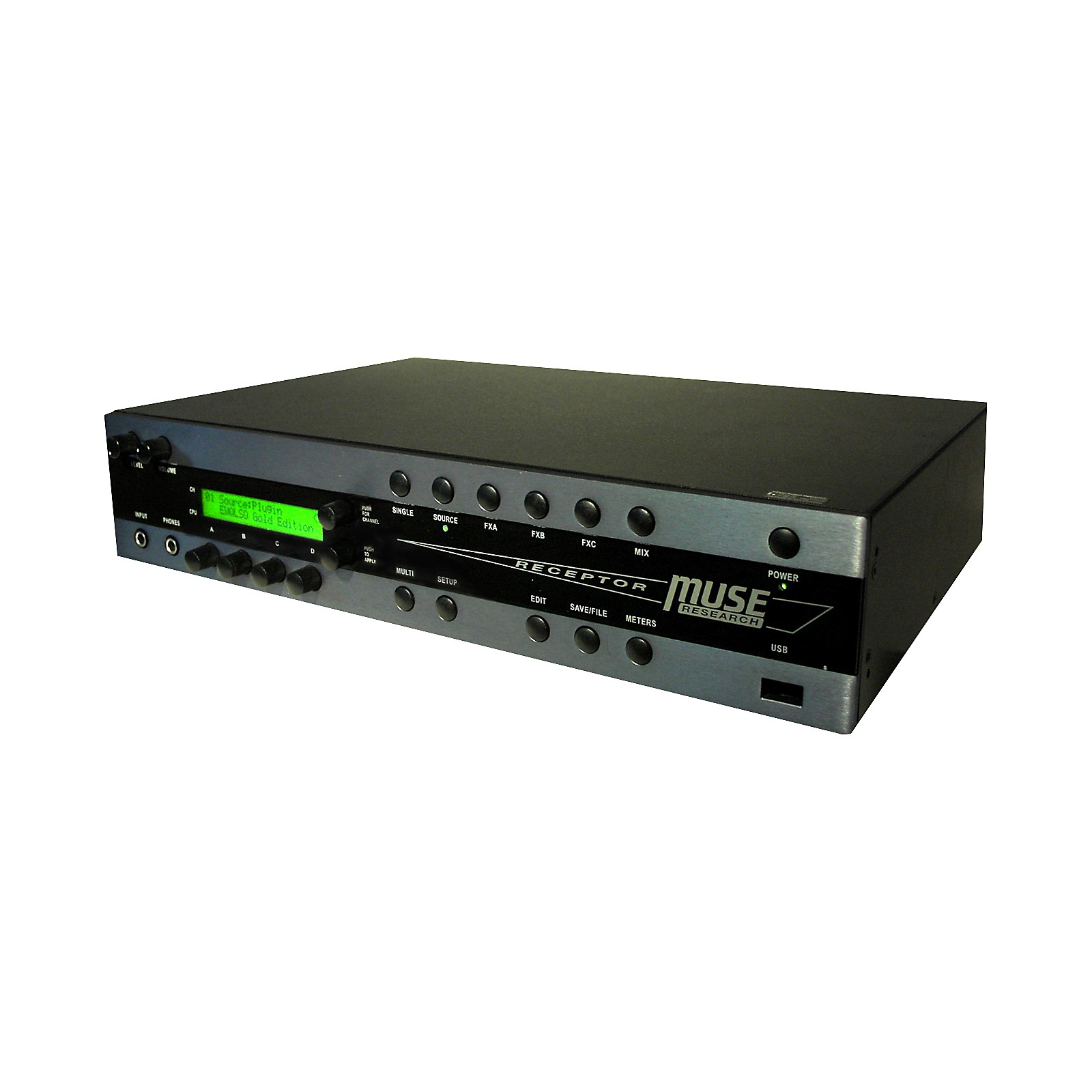


The acoustic noise levels that Martin Walker mentioned in his 2010 SOS review of Receptor 2 Pro Max weren't apparent in this model some soft, non-obtrusive fan noise is evident when you put your head a few inches from the case, but at a normal working distance I doubt anyone would notice it.Īn uncluttered front panel comprises two 'combi' jack/XLR inputs with individual gain controls and LED meters, a headphone socket, 48V phantom power for mics, and a USB port intended for an iLok dongle, USB keyboard or mouse. Powering up takes about 35 seconds, which I don't need to tell you is a lot faster than most computers. Furthermore, its internal auto-ranging power supply works with 100-240 volts, 50/60Hz mains supplies, which means you can use it all over the world without having to hire a power transformer. The unit ships in the UK with a standard 13-amp mains cable, thus avoiding the horrible 'wall wart' AC adaptors that manufacturers foist on buyers. At 2U (3.5 inches) high and weighing around 15 pounds (6.8kg), it feels reassuringly solid and heavy, although you can lift it up without damaging your back muscles. The Receptor VIP is housed in a rugged, black steel and aluminium 19-inch chassis with built-in rack ears. In this review, we'll concentrate on the new features implemented in the VIP, and give an overview of its operation and factory sounds from the viewpoint of a gigging keyboardist currently 'resting between engagements'. VIP is short for Virtual Instrument Player, though buyers are at liberty to assume the usual meaning if it makes them feel special! SOS reviews of earlier Receptor models can be read online at /sos/mar05/articles/muse.htm and /sos/jun10/articles/receptor2promax.htm. The Receptor VIP is Muse Research's new entry-level model, which replaces the Receptor 2+. In other words, it functions like a piece of pro audio equipment.

The Receptor, on the other hand, dispenses with annoying 'wall wart' cables, has built-in MIDI as standard and can be securely screwed into a rack for stage use and touring. If that sounds like heresy, consider the advantages: computers aren't designed for stage use or road travel, are susceptible to vibration unless fitted with an SSD drive, often have fiddly AC adaptors and require a separate MIDI interface. Muse Research continue to refine their Receptor virtual instrument player.įirst released in 2005, the Receptor hardware player makes it possible to run virtual instruments and plug-in effects outside of a computer.


 0 kommentar(er)
0 kommentar(er)
